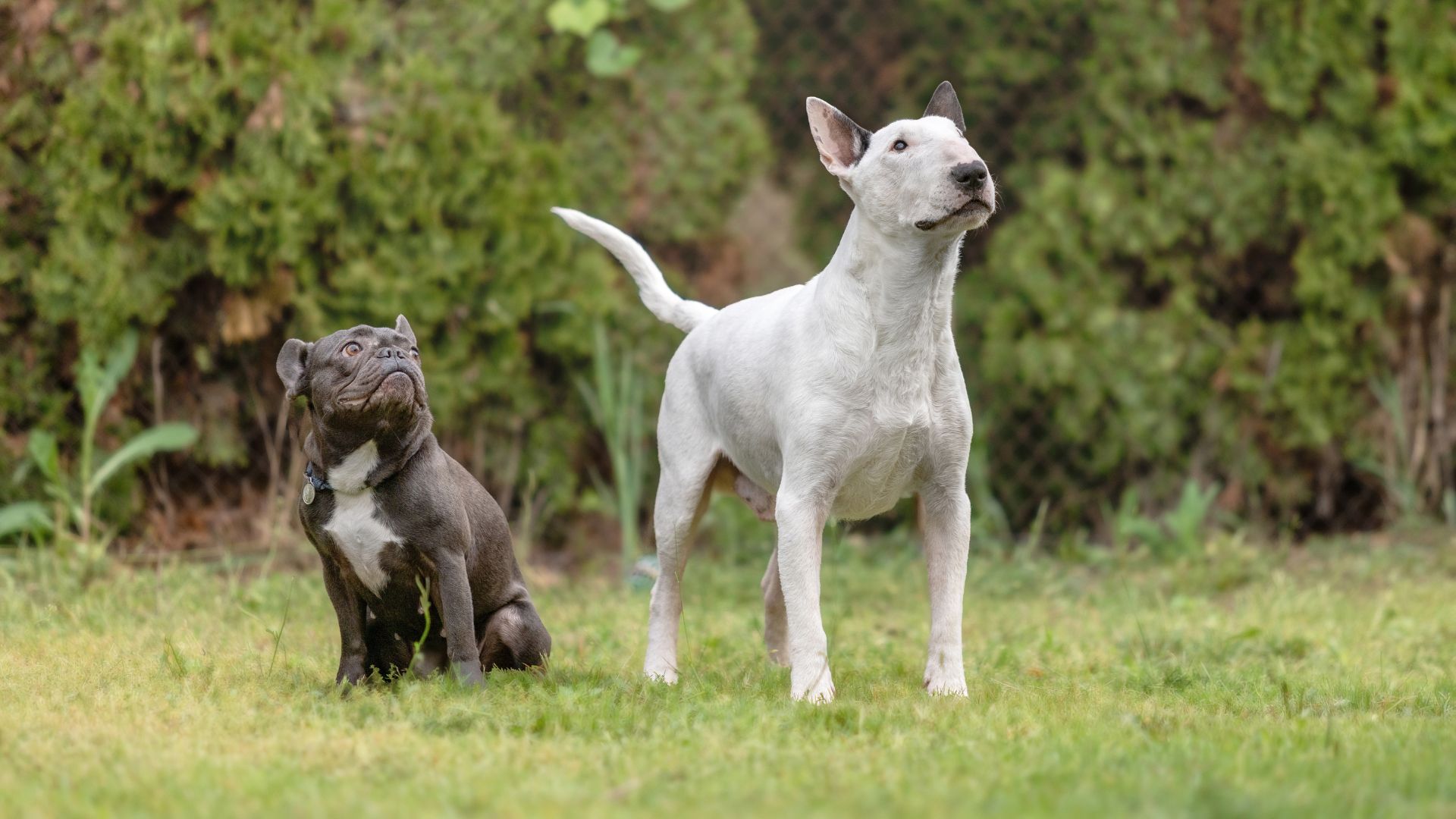The word “dog” often brings thoughts of wagging tails and boundless loyalty. But, there are surprising exceptions. Some breeds simply don’t get along with other dogs! Certain aggressive breeds are prone to growling, lunging, or snapping at other dogs. This isn’t just bad manners, but behavior rooted in breed tendencies.
Each dog’s behavior results from many factors—socialization, health, and training. However, the purpose and genetics still play a substantial role. For example, guarding breeds that are bred for lone work or territorial defense carry such instincts. They are mostly less tolerant of canine companions.
In this post, we’ll explore different breeds that hate other dogs. We will uncover what traits they share and discuss how we can ensure good behavior with empathy, training, and understanding!
Dog Breeds That Hate Other Dogs
1. Akita
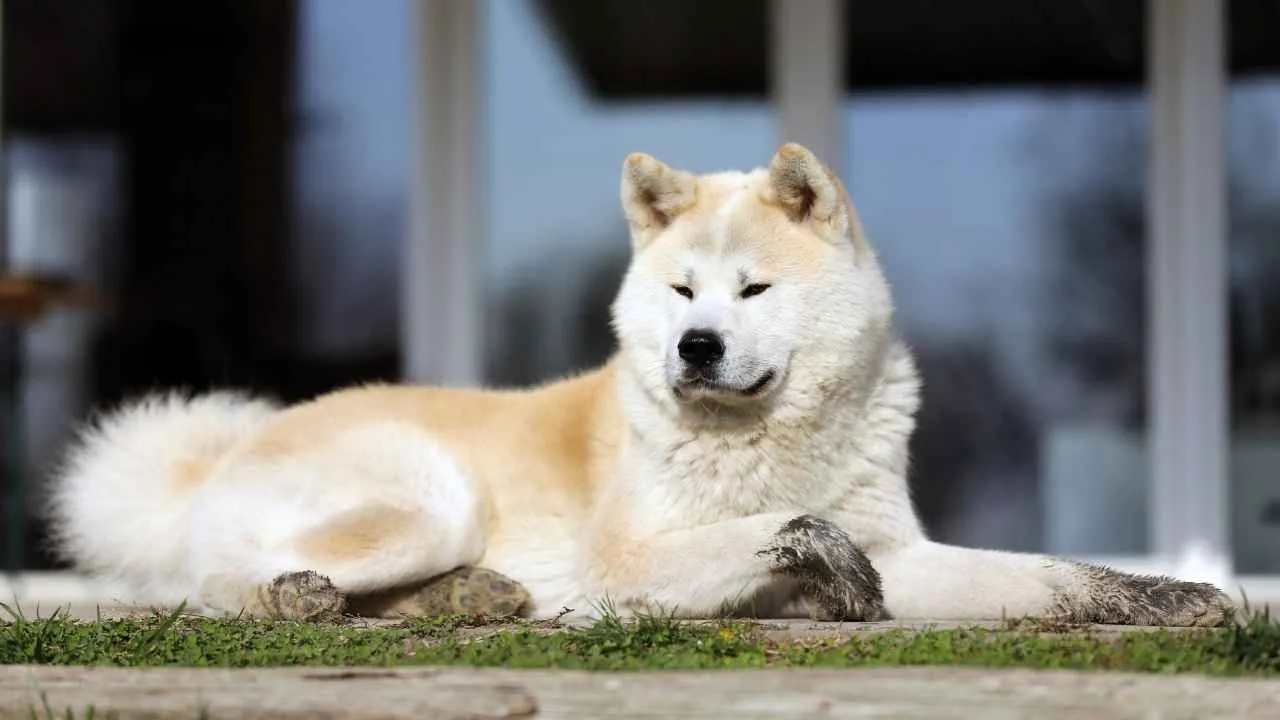
The modern-day Akita, as we know it today, took shape in the 20th century. It was during the post-World War II efforts that Japanese breeders crossed surviving Akitas with German Shepherds. This was done to boost size and increase protective instincts in dwindling native lines.
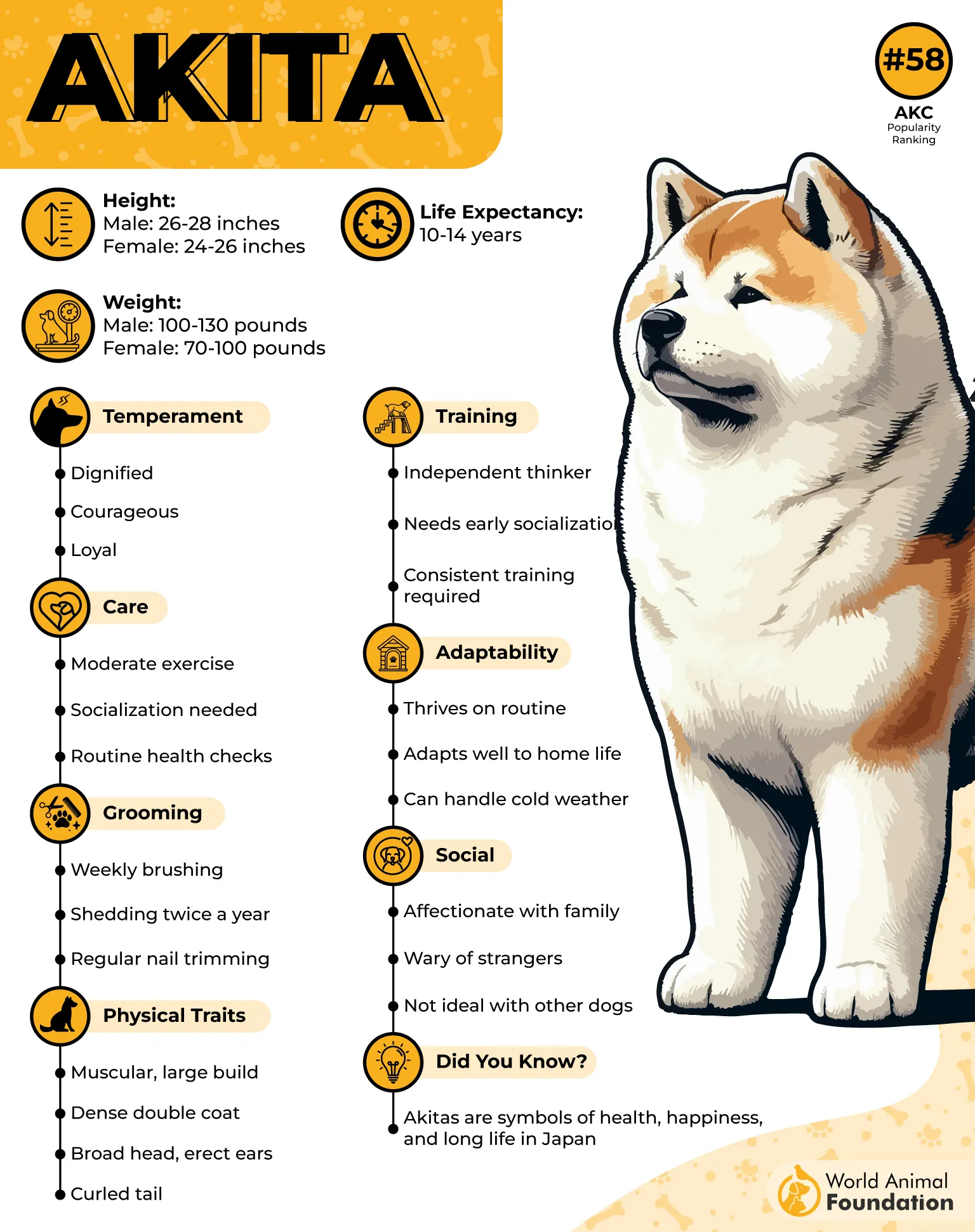
What emerged was a dog with a thick double coat, curled tail, and erect ears. Their head was broad, giving it a bear-like look. As evident from history, Akita was an individual dog for vigilance and dominance. Wikipedia says that 59% Akitas are likely to show aggression towards other dogs.
If you are considering an Akita, expect a stunning, powerful dog with noble presence. But, it is also one dog whose instinctive drive is to guard territories and assert dominance!
2. Chow Chow
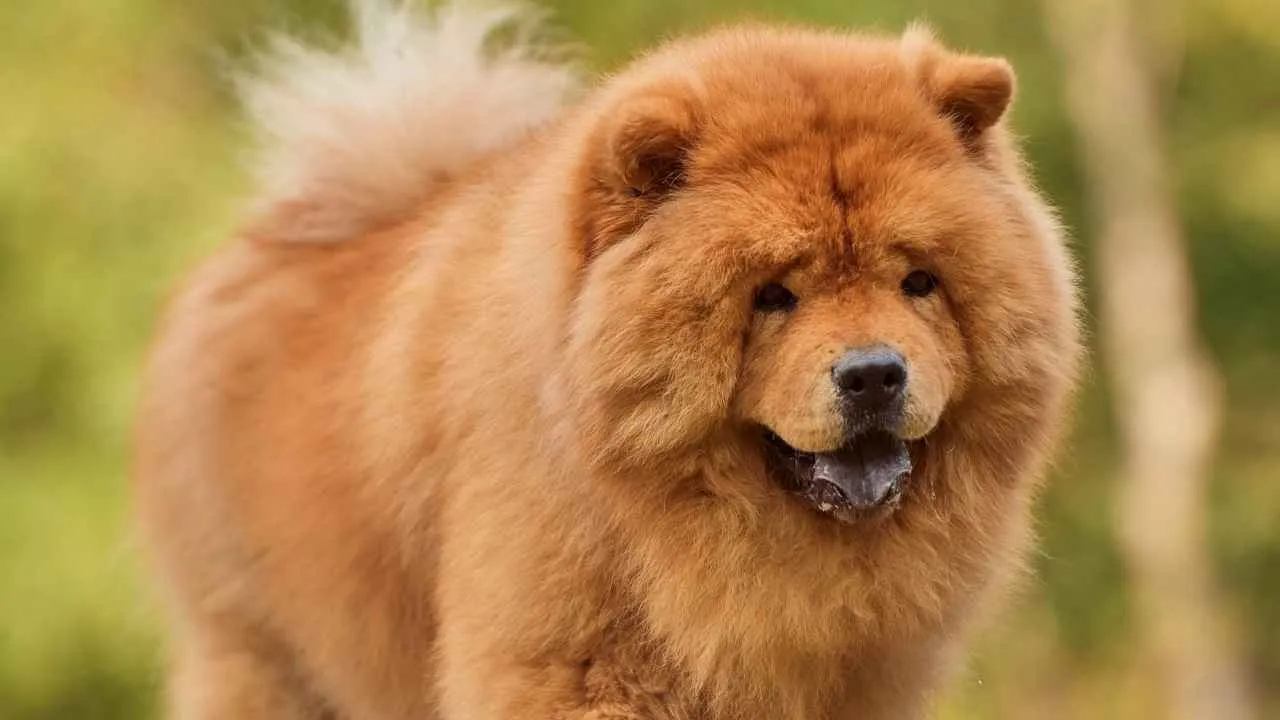
Chow Chow dogs evolved into independent, stubborn dogs that bond deeply with humans. But that’s not the case with other animals of its type. Their territorial nature makes them prone to barking at, fearing, and often rejecting other puppies without early socialization.
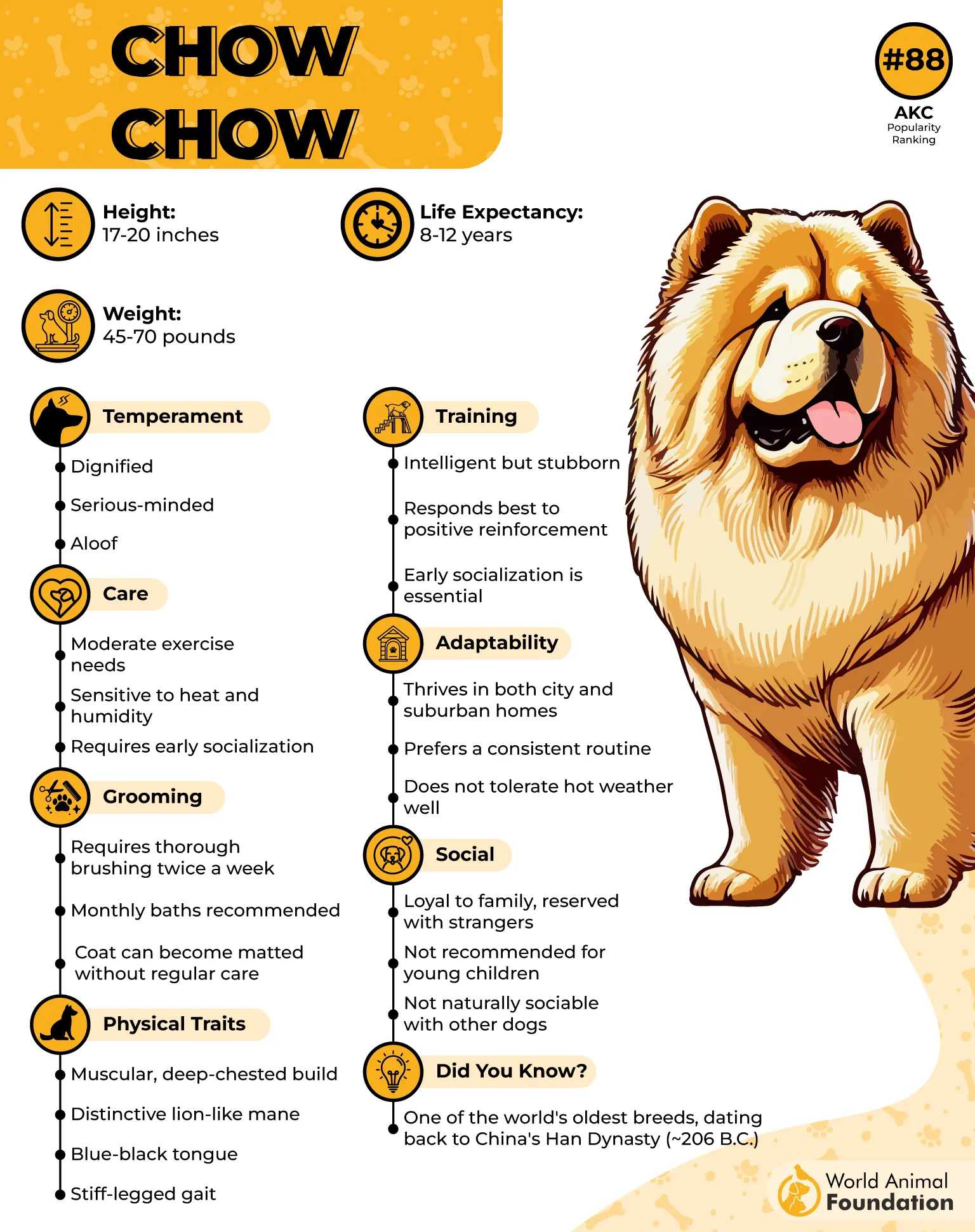
What appears as a teddy bear dog breed hides a fierce personality! The Chow Chow, bred 2000 years ago in China, was used as a guard dog, sled puller, and a hunter. This breed is also prized for its lion-like mane and a blue-black tongue.
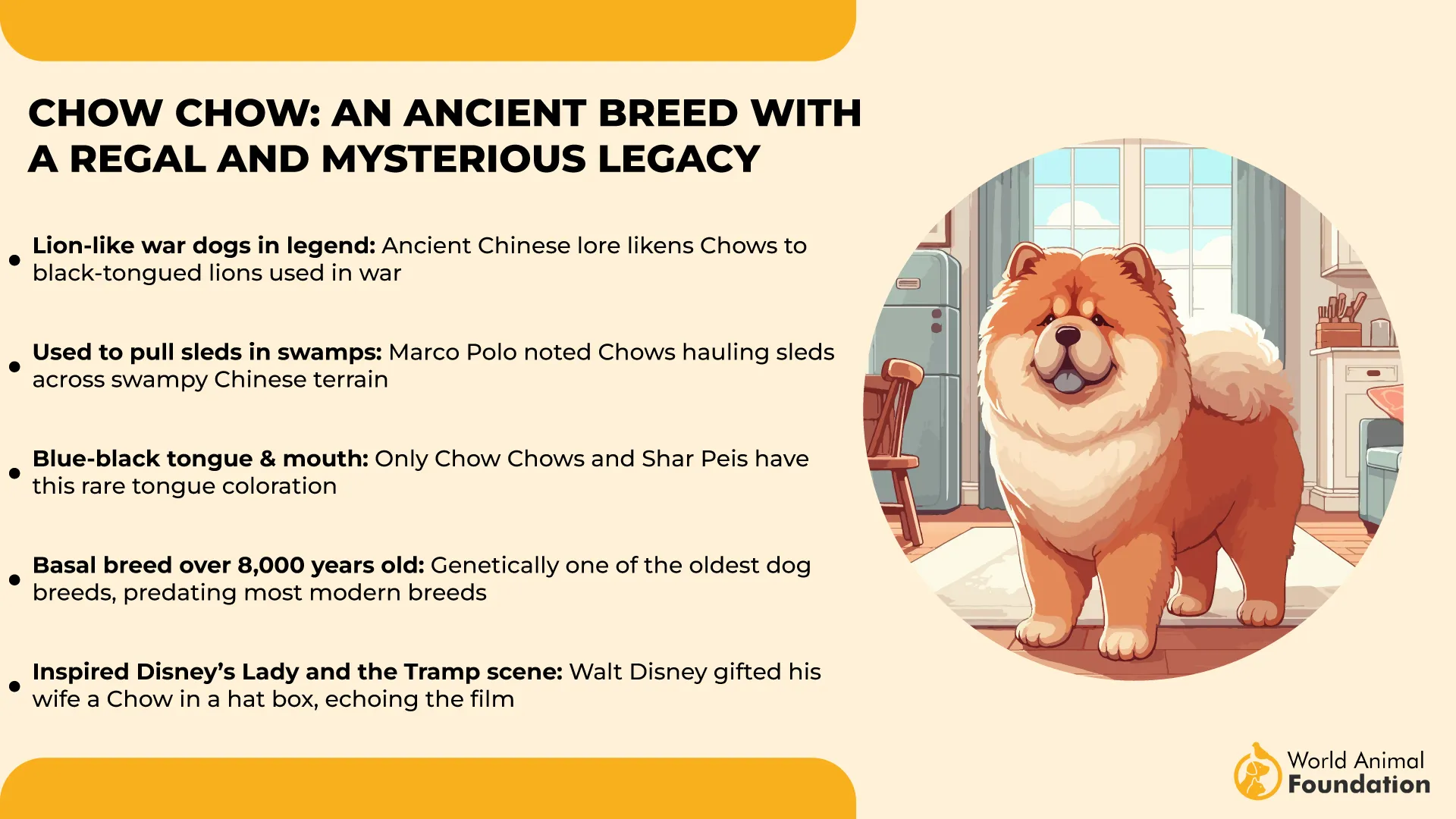
One thing you also have to be careful about is that they might develop separation anxiety when left alone. They sure are loyal to their owners, but on their terms. They prefer solitude over playing with other pets!
3. Chihuahua

Picture your tiny Chihuahua puffing up and barking ferociously at other dogs ten times its size! Chihuahuas may be small, but they live by big instincts to protect their owner and territory.
If not socialized from an early age, they can grow fearful or reactive with other animals and new situations.
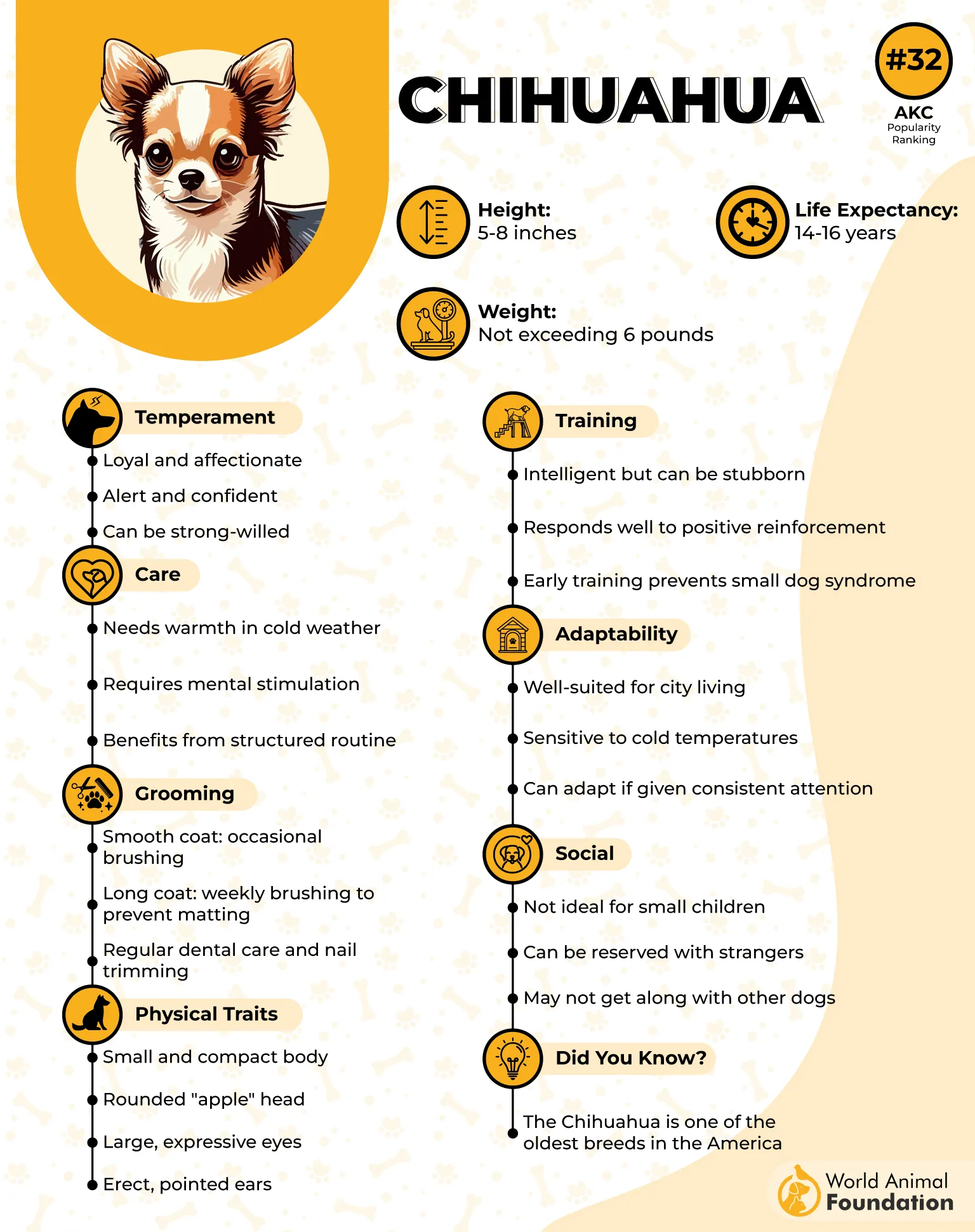
Chihuahuas might struggle to socialize with cats or fellow dogs. Many chase or challenge them out of fear or dominance. Skilled dog trainers often observe fear-based aggression in this breed. In everyday life, expect a bold personality mixed with loyalty towards their chosen person!
4. Doberman Pinscher
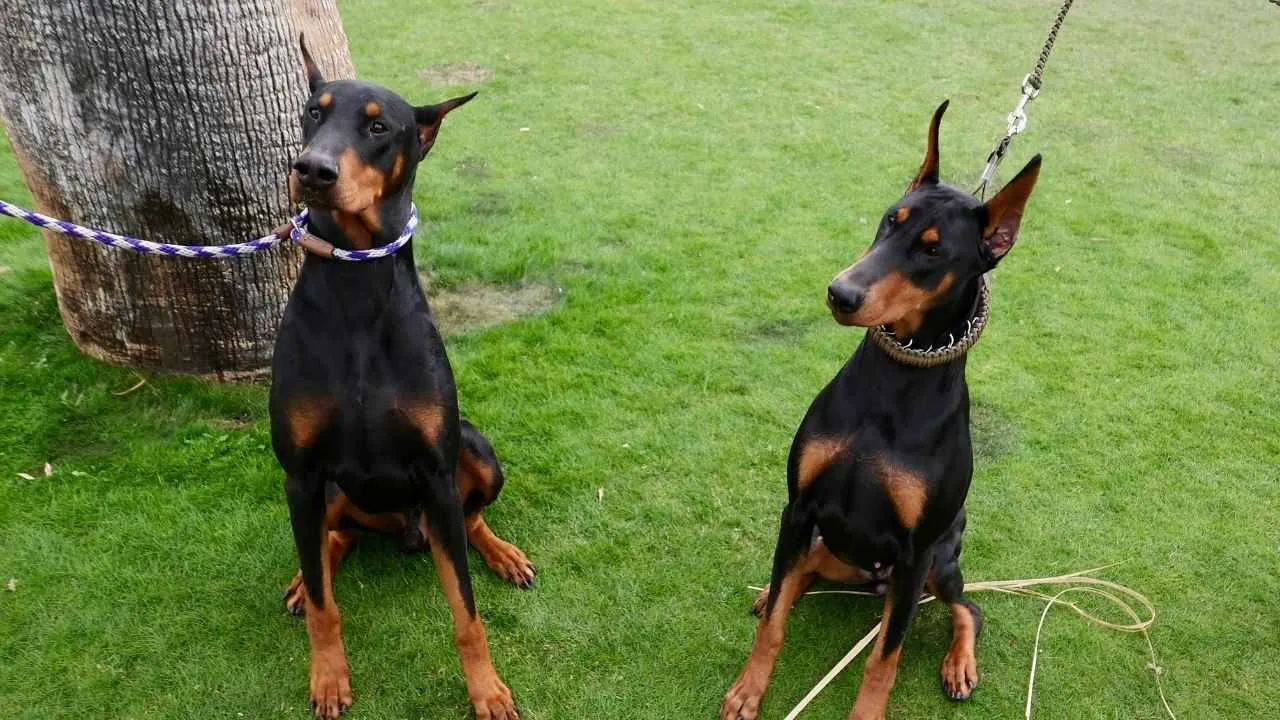
Doberman Pinschers stand fifth in the list of the smartest dogs. Their sharp minds, coupled with sleek athleticism, make them elite choices for police and military work, as per Britannica. But this intelligence makes them perceptive guardians who often see other breeds as potential threats!
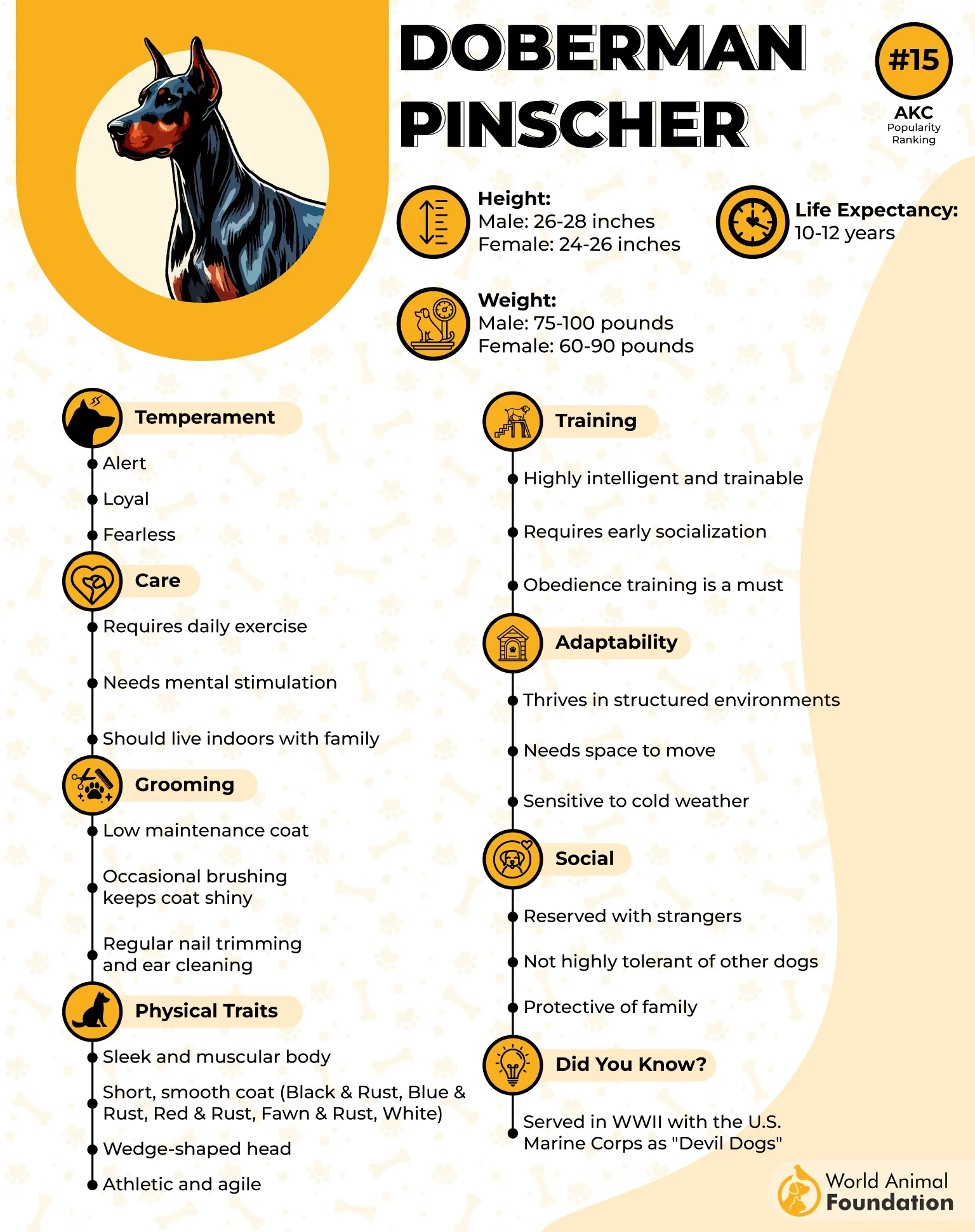
It is a dog aggressive towards others of the same type. They score average on dog-directed rivalry, while low towards owners. Many dogs develop same-sex aggression or reactive behavior if not socialized properly.
They can lash out unpredictably during adolescence or adult dominance challenges. In short, their brilliance and protective instincts make them excellent pets. But, be mindful that they can confront or fight other dogs if not properly managed!
5. Dachshund
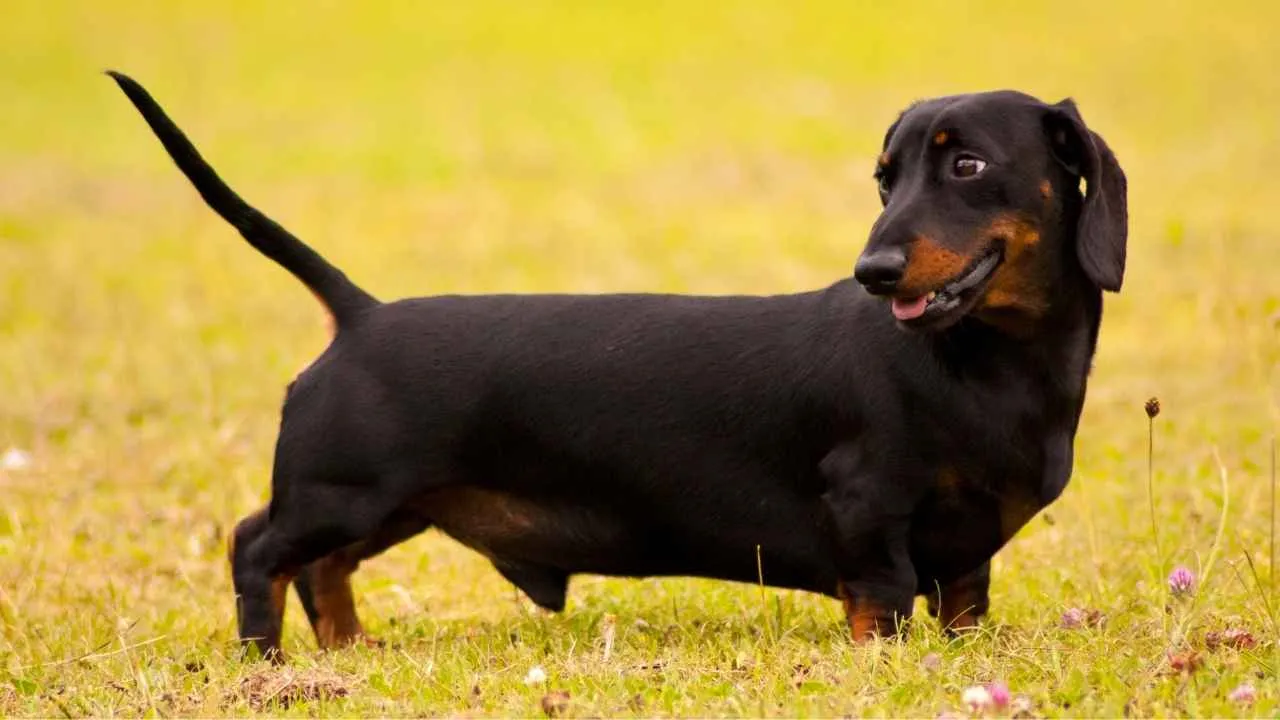
Beware! These short-legged Dachshunds might be just the most aggressive breed of dogs around. Bred to hunt underground badgers, their fearless drive lives on their compact bodies, sharp jaws, and relentless prey instinct.
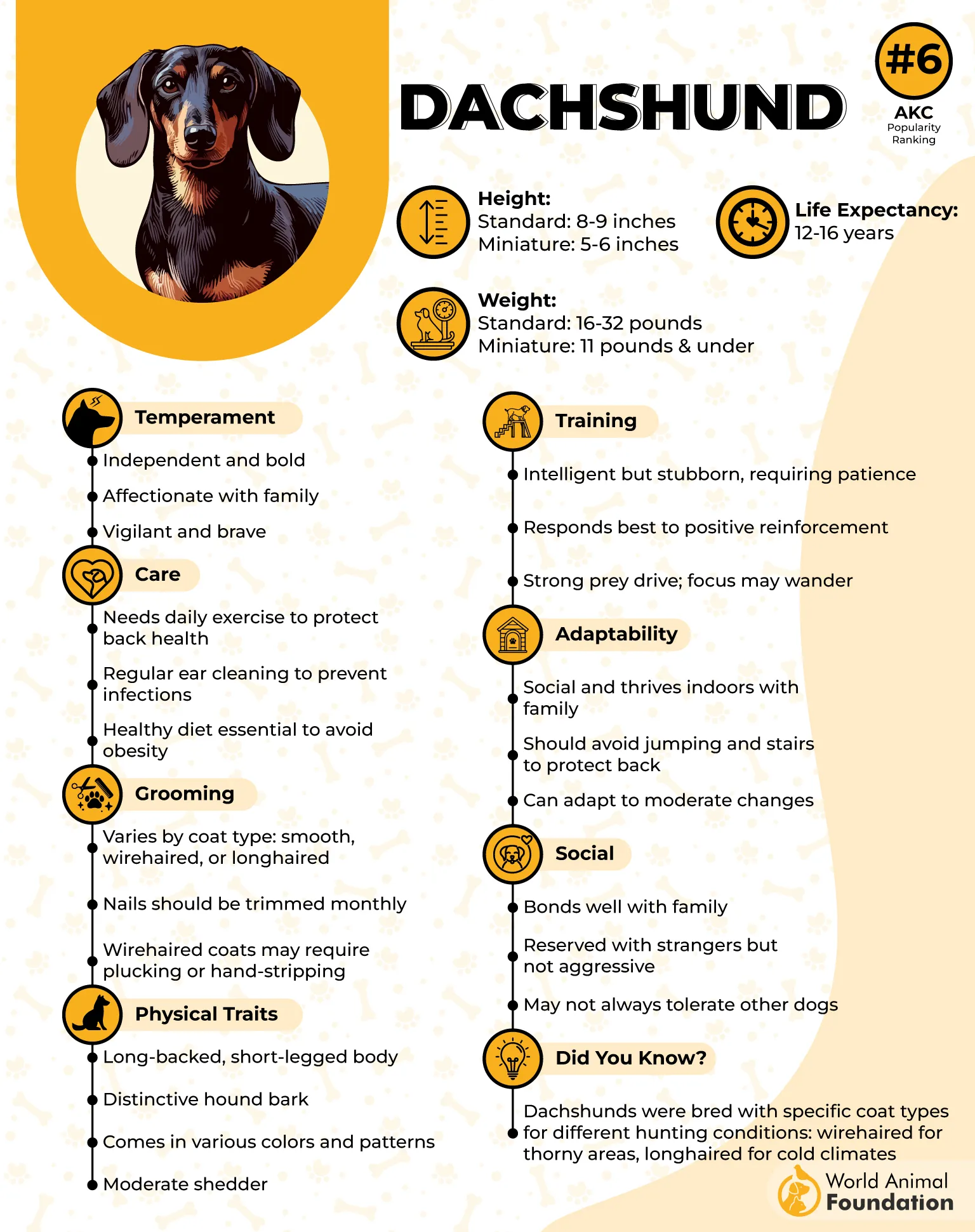
Like other breeds mentioned above, Dachshunds often show high levels of dog-based aggression. They are ranked among the top breeds for biting or lunging at other dogs.
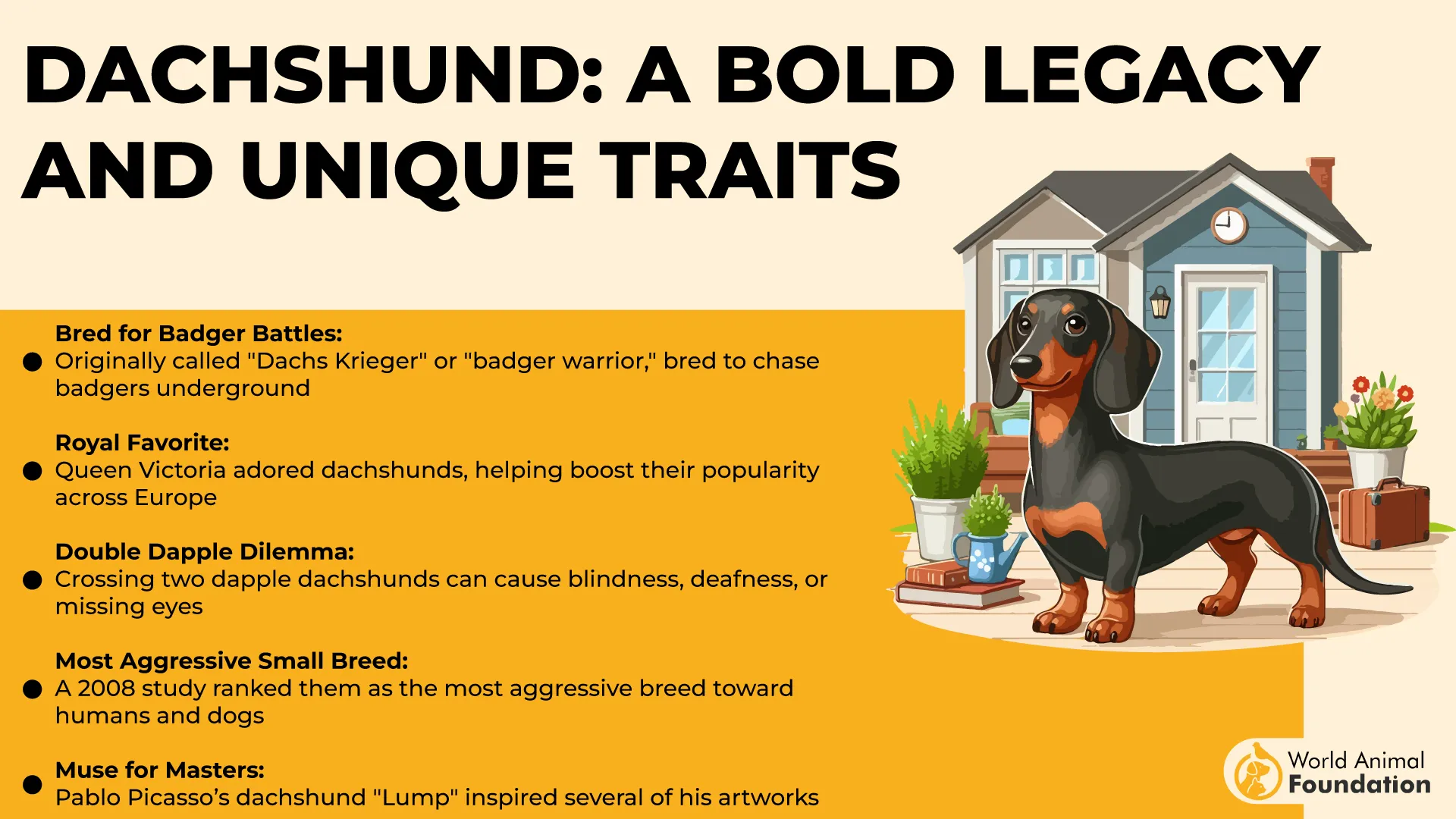
On a leash walk or during playtime, they may bark and growl if another dog crosses their path. If they are not trained properly in the early years, you get a highly reactive dog. Regular exercise and mentally engaging activities might help.
6. Shar Pei
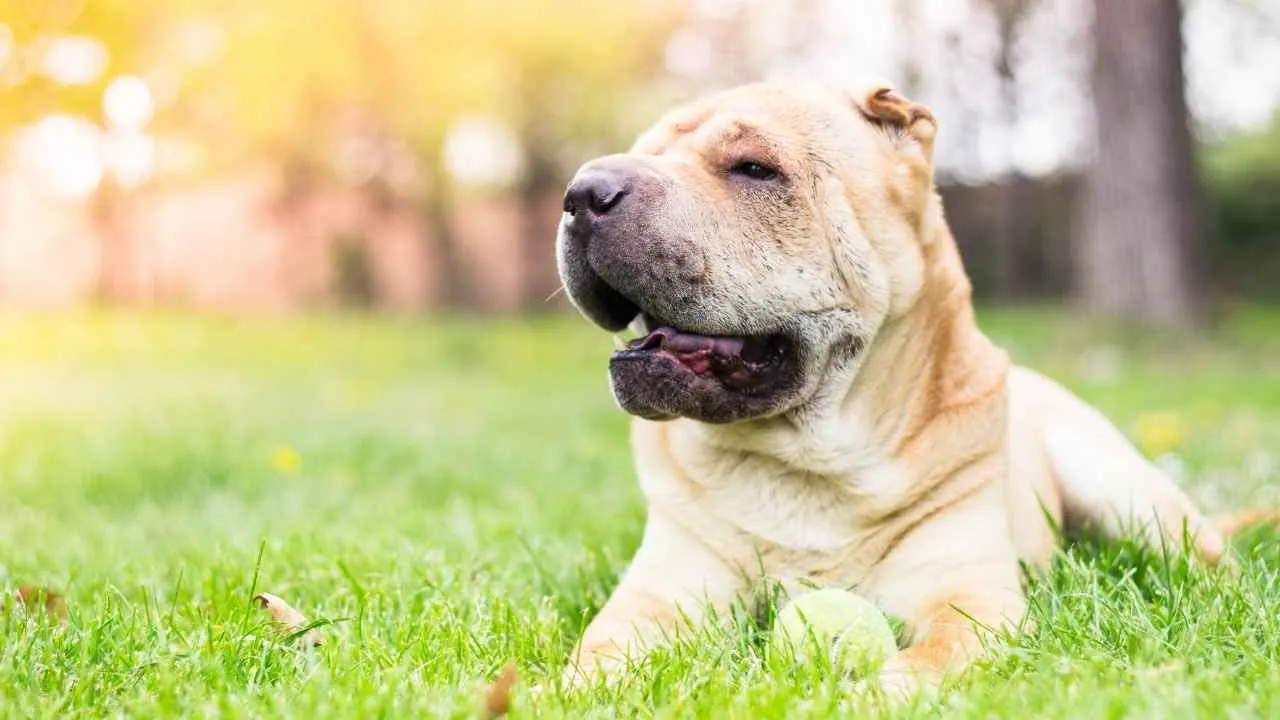
Get ready for a surprise. Under all those skin folds and wrinkles, a natural guardian is hidden, inherently wary of other dogs. This breed is sharp, independent, and reserved towards other dogs, right from puppyhood.
If you are a responsible owner, the course of early socialization matters. The critical 10-16 weeks, when your pup meets children and other dogs, set the tone for later behavior. Without it, Shar Pei’s loyalty can turn into a guarding instinct at the sign of another dog!
7. Alaskan Malamute
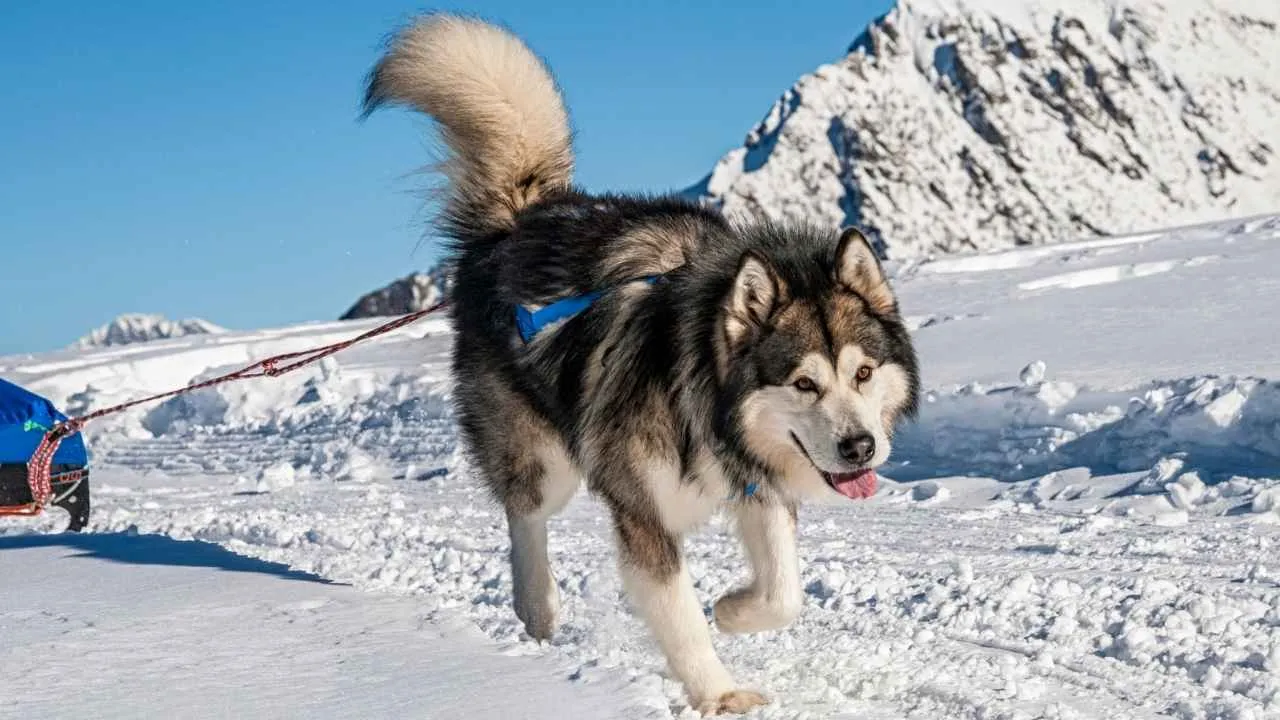
Shockingly, nearly half of the Alaskan Malamutes studied showed signs of aggression towards the same species. It seems that ancient instincts run deep in this dog. In a survey of ancient dog breeds, these dogs had a whopping 54% incidence of aggression towards dogs!
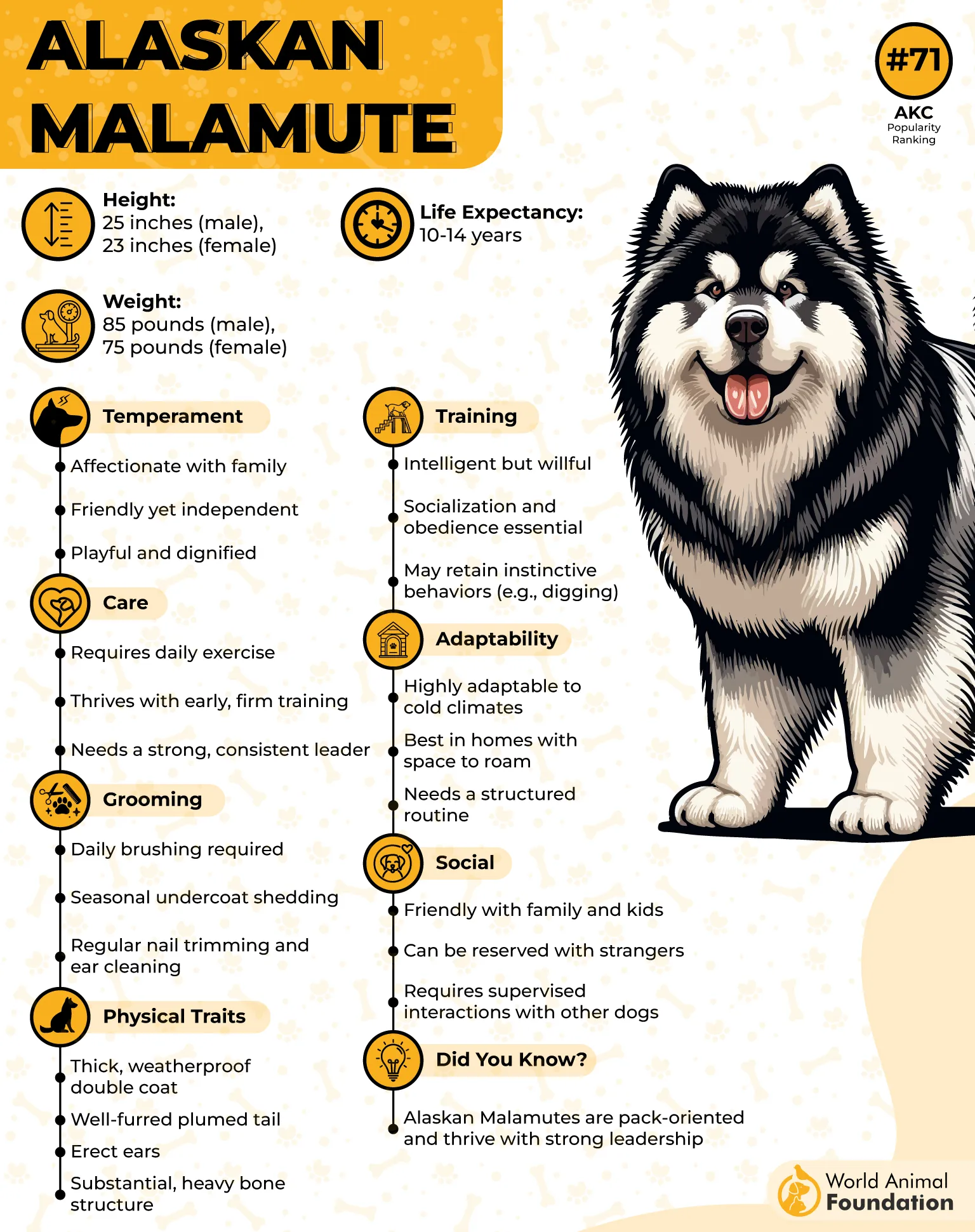
Generally, friendly with humans, Malamutes live by a strong pack mentality. They will react quickly if another dog doesn’t show submission, especially same-sex rivals. Resource guarding can spark conflict at the point of food, toys, or treats.
The environment makes all the difference. Without early exposure, these dogs may misinterpret playful gestures as threats. Owners must recognize signs like stiff posture and growling and then use positive reinforcement and exercise routines to redirect that energy!
8. Jack Russell Terrier
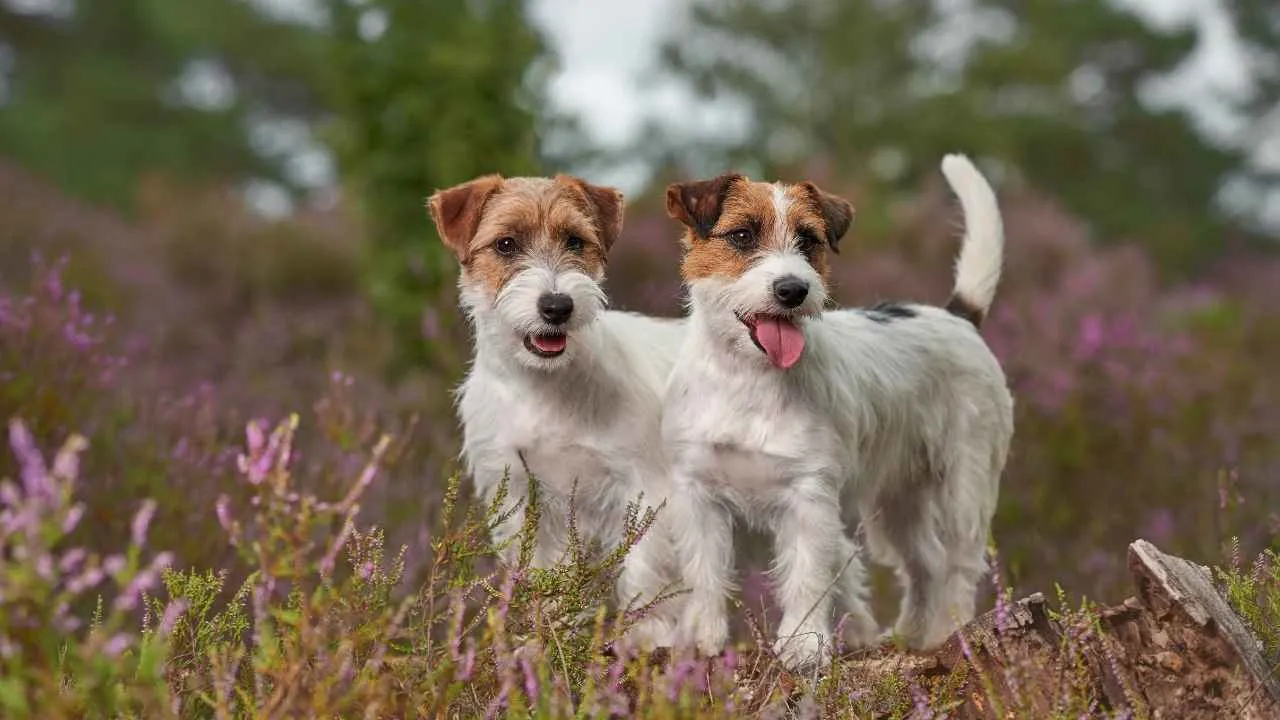
Have you heard about Bothie, a Jack Russell Terrier that journeyed with Sir Ranulph Fiennes to the North and South Poles? This dog is the only one to explore both poles during the Transglobe expedition, earning its reputation as the first canine explorer!
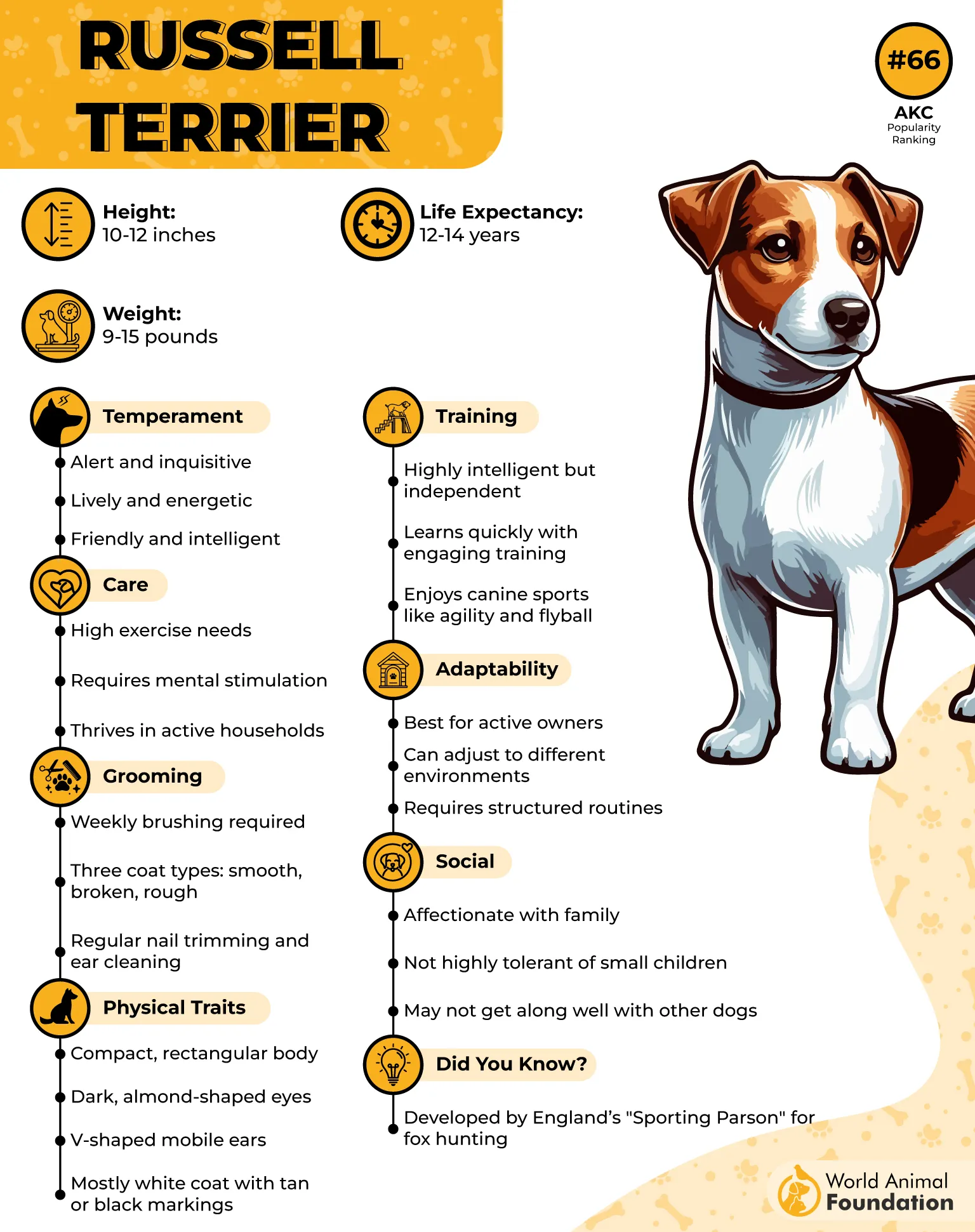
Despite their small size, they are fierce and independent. Many owners and dog trainers cannot cope with the demands of these dogs. Their history of hunting and digging makes them difficult to handle. They are also very possessive about their owners and can become defensive if they detect an unwanted presence!
Try to train them at an early age. Even if nothing seems to work out, stay persistent. It might seem like a never-ending thing, but keep up the effort, and you’ll win this battle!
9. Scottish Terrier
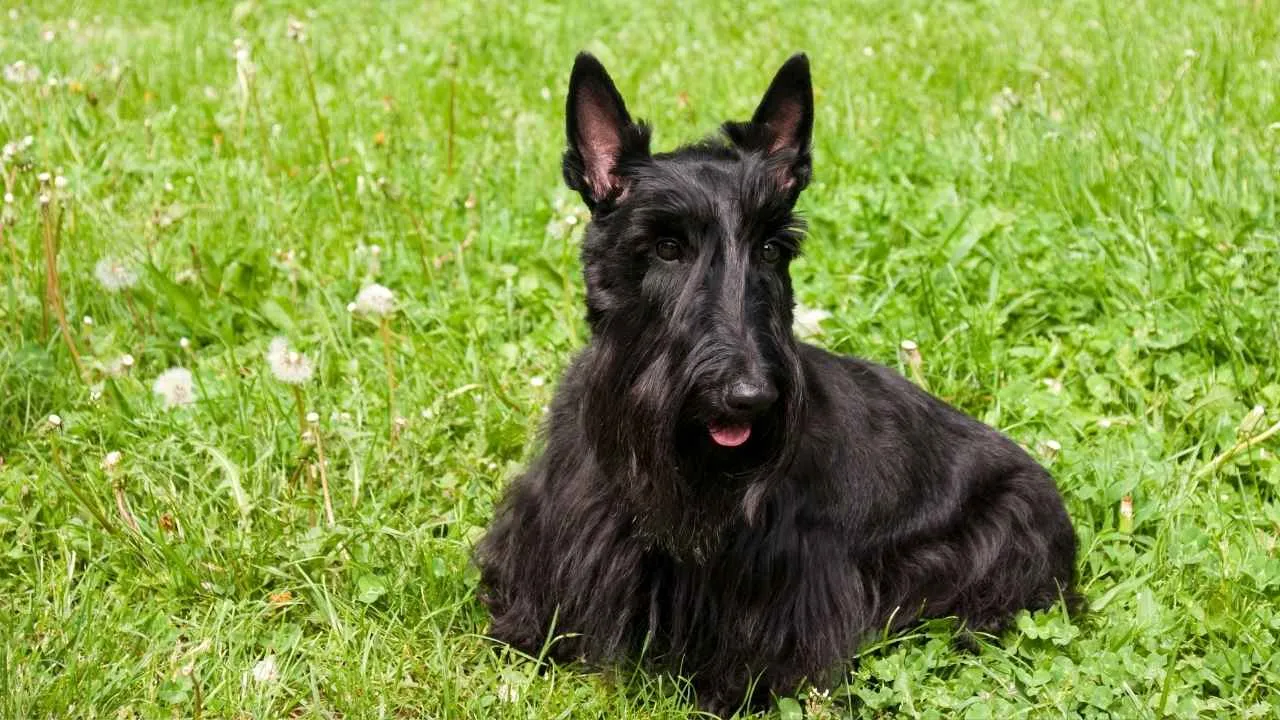
It may sound odd, but the Scottish Terriers earned the nickname “Diehard” due to their fearless bravery. Even when unmatched, they can stand their ground with an unwavering spirit. Although loyal to their family, many Scotties are seen snapping or growling at other dogs.
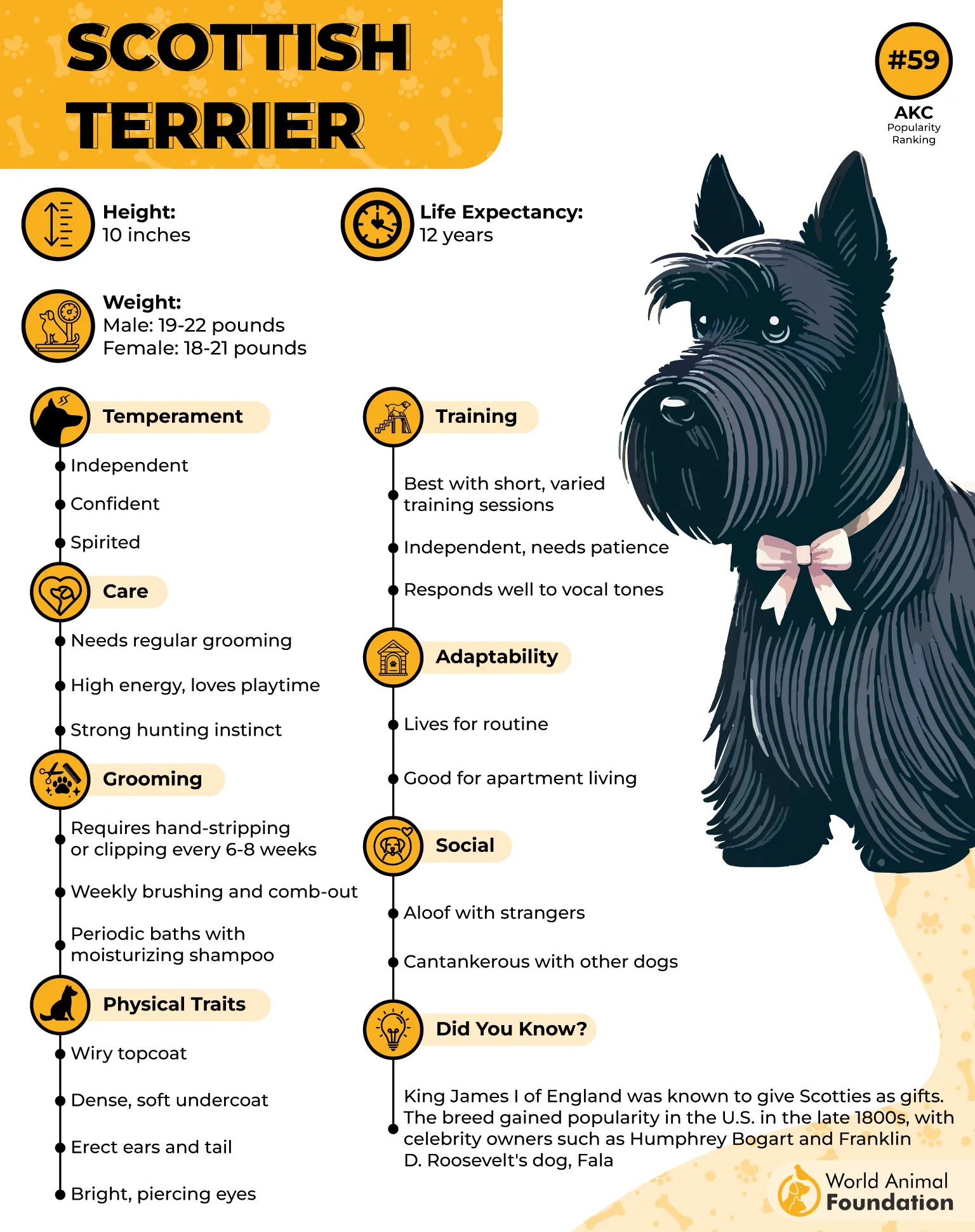
Bred to hunt animals to their den, they tend to have a territorial and dominant personality. They usually aren’t comfortable around a lot of people and other dogs.
These dogs usually like to live with one owner. So, when you get a Scottish Terrier as a pet, know that you will have a hard time raising them. But it is worth the effort!
Conclusion
Every breed we covered comes with its own set of instincts. Whether it’s the Akita, Shar Pei, Dachshund, or Malamute, their history shapes their behavior. Without early socialization, dominance, fear, or dog aggression, territorial drives can show up in adult life.
The responsible owner knows that environment and training matter. Socialization during those vital weeks can make a world of difference. With treat-based reinforcement, consistency, and patience, most aggression can be managed. The point isn’t to avoid these breeds, it’s to respect their nature.
Because at the end of the day, knowing what makes them tick can transform fierce rivals into devoted, harmonious companions.


